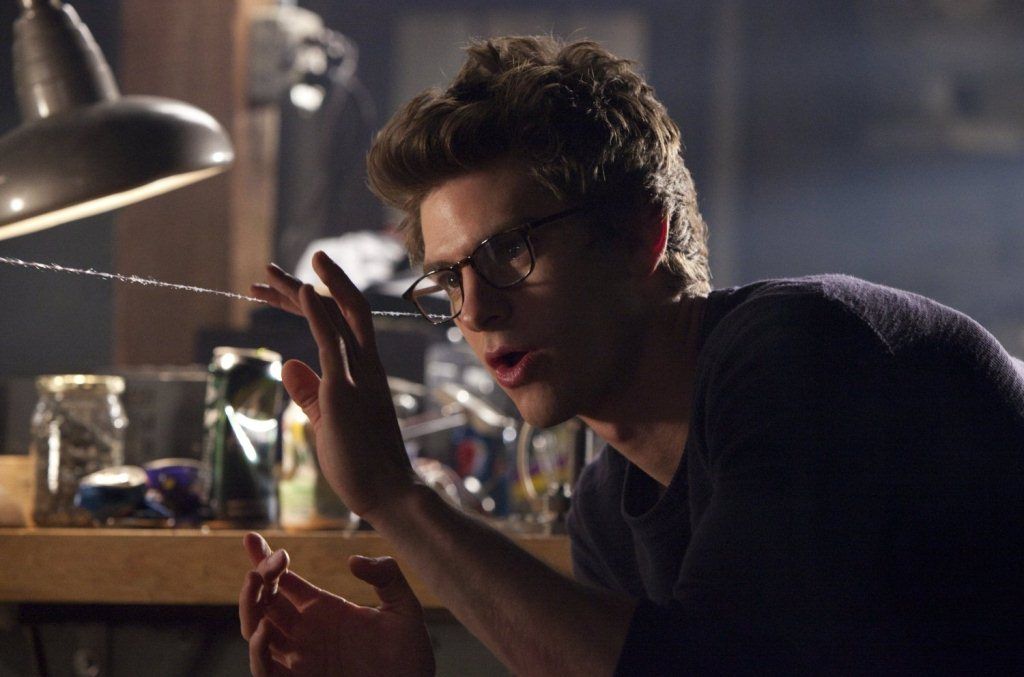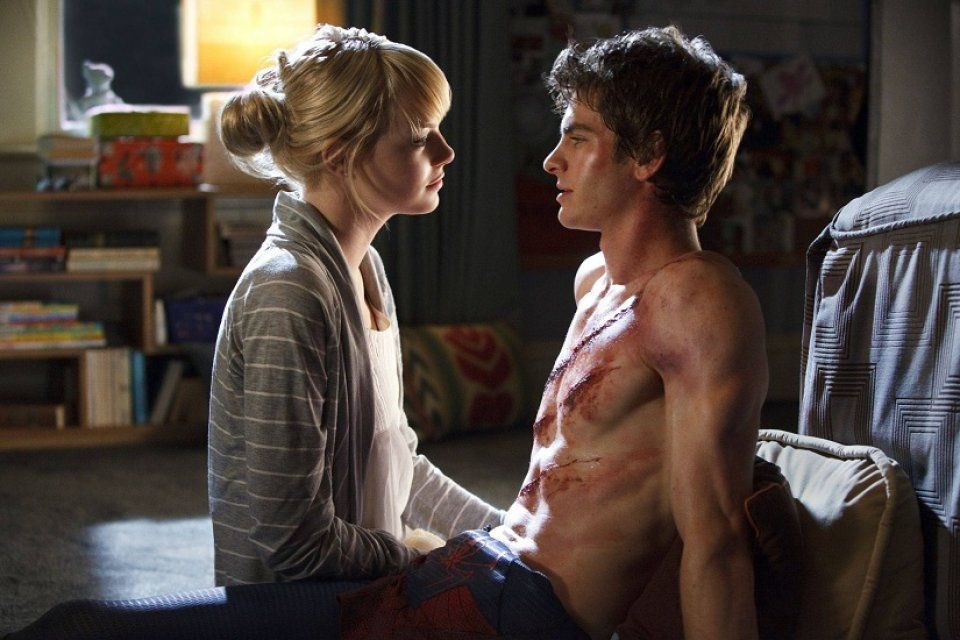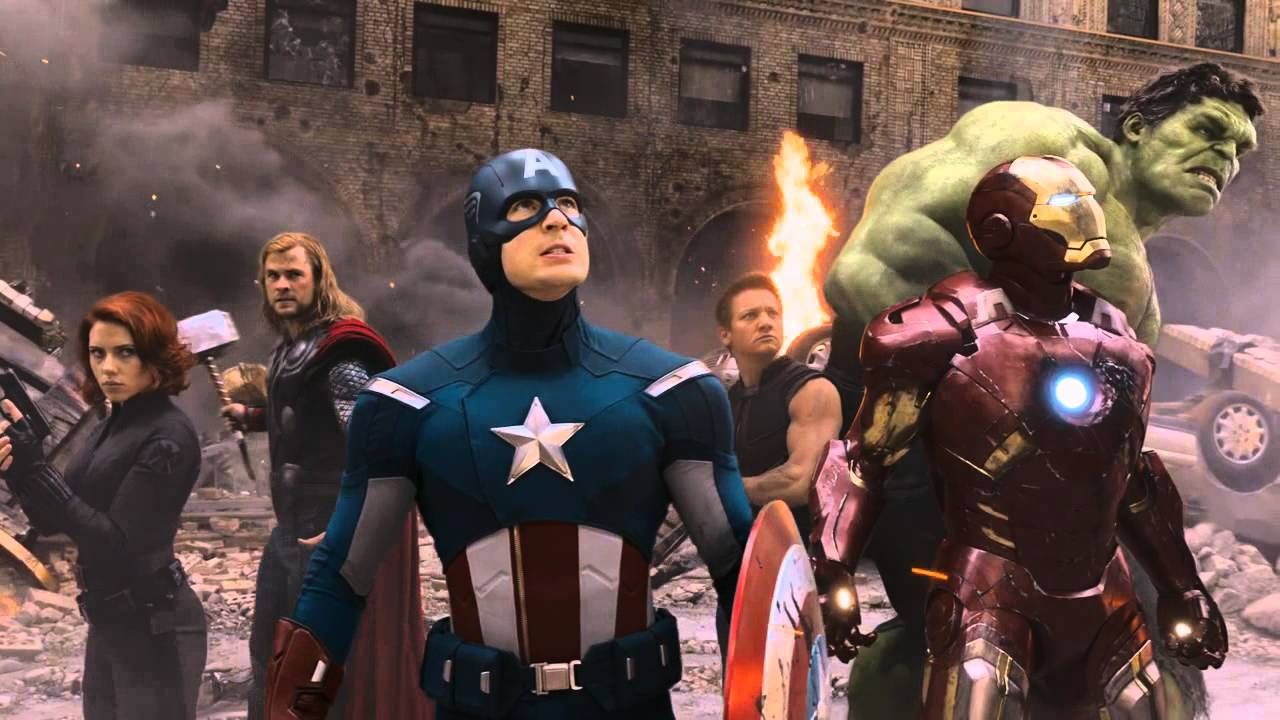The Amazing Spider-Man is no more.
Sony's two-film series, despite grossing over a billion dollars, was given a DNR this past Monday when Marvel Studios announced that a new Spidey will join the Marvel Cinematic Universe as the two studios will partake in a unique collaboration. In addition, this will result in the character's second reboot -- four years after his first -- with a new MCU solo film on the schedule for July 2017.
RELATED: Marvel & Sony's Spider-Man Deal: What We Know So Far
By ejecting star Andrew Garfield and director Marc Webb from future plans, the move essentially labels those films just as radioactive as the spider that bit its hero.
What did the franchise do to warrant such dismissal? How did things get to this unfortunate place? As the webslinger swings to play with the Avengers, here are four reasons why we'll never revisit the secret underground railroad lab belonging to Peter Parker's father.
Sam Raimi's Spider-Man 4
Sam Raimi was up to his webslingers in pre-producton on a fourth Spider-Man film featuring the original cast -- and Anne Hathaway as the Black Cat -- when he walked away from Sony's first, and most successful, iteration of the franchise.
"Creative differences" was given as the cause, and Sony was sent scrambling to get any Spider-Man film into production because the time table on their rights to the character couldn't afford the downtime necessary to start back at square one.
While Raimi isn't to blame for what happened next, he and the studio's inability to see eye-to-eye put Sony in an unenviable position, which led to going down this now-abandoned path.
More Origin Story
Sony banked hard on retelling Spider-Man's origins, now with a new element: A mysterious conspiracy surrounding the death of Peter's parents. Different didn't equate to better, and both hardcore and casual fans were left cold by revisiting Spider-Man's very familiar origin, one made all the more so because of how it was handled in Raimi's films.
In the first Amazing Spider-Man, the loss of Peter's folks was largely excised in the final cut, with bits of it emerging in the second film. The end result felt forced -- the second film played it as though we were already familiar with this storyline's particulars, even though viewers were never exposed to them.
This narrative decision took time away from further developing the relationships worth investment in Peter's life -- namely Harry and Aunt May. (The dynamic between Peter and Emma Stone's Gwen Stacy, however, is a high point.) Instead of finding new and worthwhile ways to advance the character emotionally, we got a Spider-Man burdened with trite and cliché "daddy issues," hurting our hero's arc more than enriching it.
Less Likable Spider-Man
Inspired by the "Ultimate Spider-Man" run, something got lost in the translation.
Peter in the comics is a quippy, conflicted teen/nerd struggling to fit in at school and constantly find ways to balance out his great power, great responsibility ratio.
The Peter in the Amazing films is a cocky and seemingly well-liked skateboarder, who breaks a promise he made to the dying father of the woman he loves in the most cavalier and cocky of ways.
Becoming Spider-Man helps teach the comics book Peter how to be the best version of himself; finding confidence and believing in himself are abilities that ultimately prove more powerful than wall crawling or webslinging.
Amazing's Parker is already fairly self-assured and confident when he gets his powers. This lessens their thematic impact and keeps one of the most likable superheroes ever at arm's length from his audience.
Andrew Garfield's enthusiasm for the role and engaging performance deserved a better take. It's too bad he won't be able to get it.
The Marvel Effect
Ironically, the studio that just saved Spider-Man from his tough spot had a role in putting him there.
Following the crazy success of Marvel Studios' films, every studio was chasing for a piece of the Marvel pie. Sony jumped on the bandwagon and forced a "Make it a Universe" approach upon an incomplete and troubled script.
The consequences of this approach are especially apparent in last summer's The Amazing Spider-Man 2. Crowded with villains and too many convoluted story threads, Amazing Spider-Man 2 is more concerned with serving as a launch pad for Sinister Six and spinoffs than earning them. Basically, the exact opposite approach to what Marvel did to inspire everyone to chase their good fortune.
The fastest way to hobble your franchise is to pay more attention to next steps than building a foundation to make those steps worth taking.





